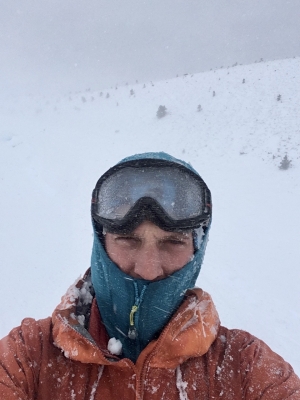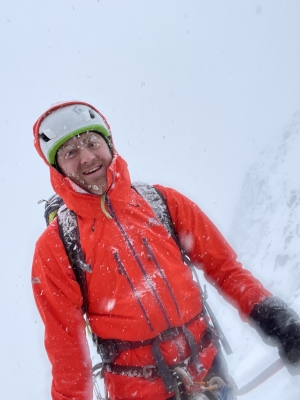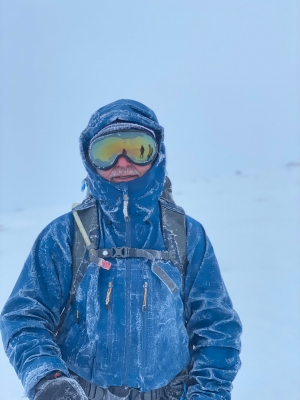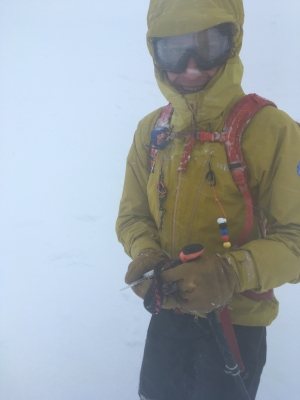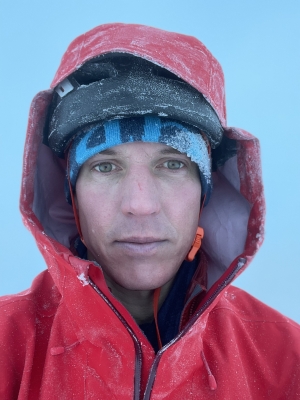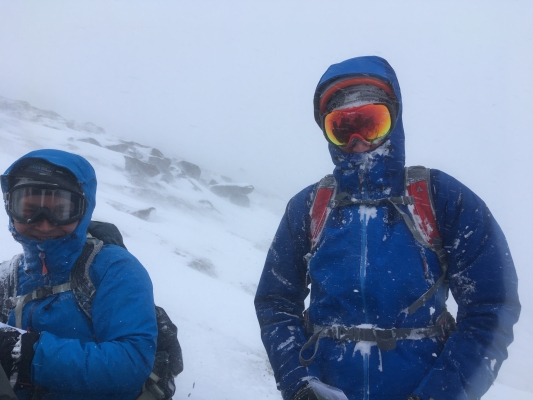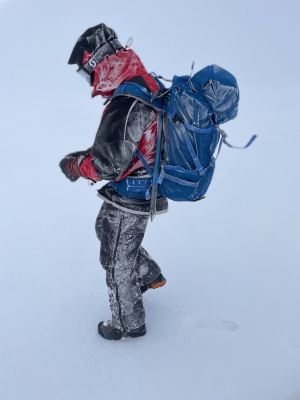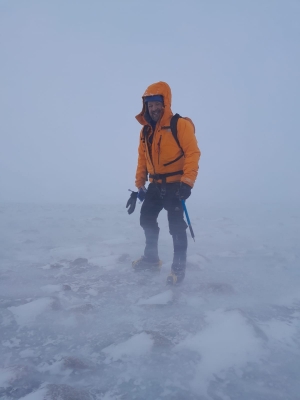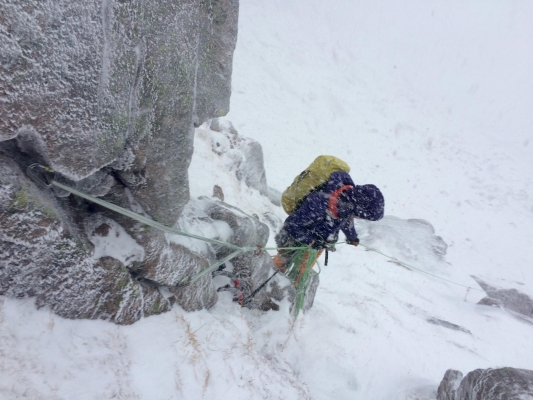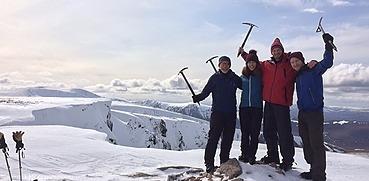What to wear in Scottish winter
13th October 2023
Dressing for Scottish Winter: Your Guide to Staying Warm and Comfortable.
When planning a winter adventure in Scotland's mountains, your choice of clothing is of utmost importance. Scotland's winter mountains can be unpredictable and harsh, with rapidly changing weather conditions. To ensure a comfortable and safe experience, it's crucial to dress appropriately and master the art of layering. In this article, we will explore the clothing you should wear and the layers that are essential for a successful winter mountain journey.
Understanding the Layering System
Layering your clothing is the key to maintaining comfort in the Scottish winter environment. Each layer serves a specific purpose, and the combination of layers provides the flexibility needed to adapt to varying weather conditions. The three primary layers are:
Base Layer: This is the layer closest to your skin, responsible for wicking moisture away from your body to keep you dry. It should fit snugly without being overly tight. Opt for moisture-wicking fabrics like merino wool or high-performance synthetics for your base layer.
Insulation Layer: The insulation layer provides essential warmth and helps retain your body heat. It can consist of one or more items, including fleece jackets, down or synthetic-filled jackets, and softshell trousers. The insulation layer should be breathable and lightweight.
Outer Layer: Your outer layer, typically a waterproof and windproof jacket and trousers, acts as your shield against the elements. Look for garments constructed from breathable, waterproof materials with sealed seams eg Goretex. These will keep you dry while allowing excess moisture to escape, preventing you from becoming damp with sweat.
Essential Clothing for Your Scottish Winter Mountain Adventure
Headwear
Begin with a high-quality hat. A warm, moisture-wicking beanie will keep your head cozy. Additionally, consider a neck gaiter or balaclava for extra warmth and protection against the biting wind.
Base Layer
Opt for a top-tier, moisture-wicking base layer. Merino wool, with its natural moisture-wicking and insulating properties, is an excellent choice. In really cold conditions, ensure your base layer covers your entire body, including long-sleeve tops and full-length bottoms. In milder conditions lower body base layer isnt always required.
Insulation Layer
For your insulation layer, select lightweight fleece or synthetic jackets. These garments provide essential warmth without adding unnecessary bulk. You can layer multiple fleece items for extra warmth.
Outer Layer
The outer layer is your first line of defense against the elements. Invest in a top-quality waterproof and windproof jacket and pants. Gore-Tex or similar materials with taped seams are highly recommended. Make sure the jacket includes an adjustable hood that will fit over a helmet.
Hands and Feet
Cold extremities can be a real issue in the Scottish winter mountains. To keep your hands warm, carry several pairs of insulated gloves ideally with a waterproof shell. No gloves are 100% waterproof so it is important to carry 2 or 3 pairs to change into when gloves get wet. For your feet, invest in high-quality, moisture-wicking wool socks, cotton socks will remain damp and risk cold feet. Your boots should be waterproof, insulated, and compatable with your crampons.
Accessories
Ski goggles are strongly recommended and can be essential when in string winds and blizzard conditions. A relativley cheap pair with clear lenses are ideal. On sunny days, UV-protective sunglasses are useful as the sun can be intense when reflecting off the snow. Gaiters are a valuable addition to keep snow out of your boots, and sturdy trekking poles can provide stability and help balance.
Layering Strategies
Layering is a dynamic approach that allows you to adapt to changing conditions. When it's colder, add more insulation layers, and when the weather is milder, reduce your insulation. The key is to stay warm without overheating and sweating too much.
Staying Dry and Hydrated
Remember that sweating can lead to moisture buildup, making you feel cold. Regulate your clothing layers to prevent excessive sweating. Additionally, staying hydrated is crucial, so always carry water with you.
In conclusion, preparing for a Scottish winter mountain adventure demands careful consideration of your clothing and a well-executed layering system. Your choice of clothing, including the appropriate base, insulation, and outer layers, can make all the difference in ensuring a safe and enjoyable experience. Armed with the right gear and a sound understanding of layering, you can fully embrace the beauty of the Scottish winter mountains while staying warm and protected. Enjoy your winter adventures in this captivating and challenging environment!
Recent articles

